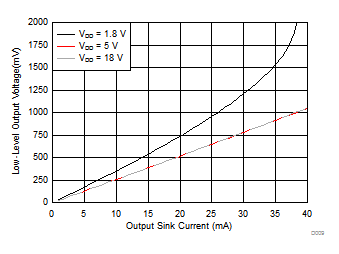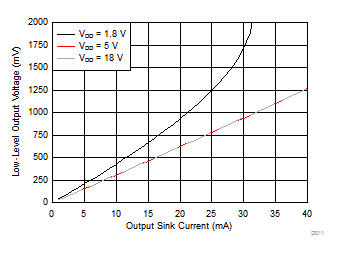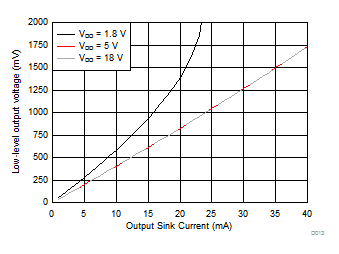JAJSLC2C march 2014 – march 2021 TPS3700-Q1
PRODUCTION DATA
- 1
- 1 特長
- 2 アプリケーション
- 3 概要
- 4 Revision History
- 5 Pin Configuration and Functions
- 6 Specifications
- 7 Detailed Description
- 8 Application and Implementation
- 9 Power Supply Recommendations
- 10Layout
- 11Device and Documentation Support
- 12Mechanical, Packaging, and Orderable Information
パッケージ・オプション
メカニカル・データ(パッケージ|ピン)
サーマルパッド・メカニカル・データ
発注情報
6.9 Typical Characteristics
At TJ = 25°C and VDD = 5 V, unless otherwise noted.
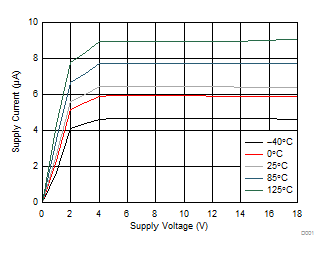
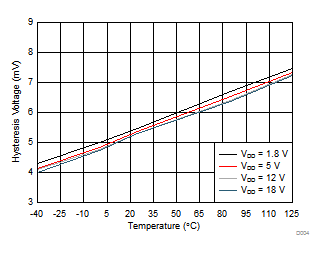 Figure 6-4 Hysteresis (Vhys) vs Temperature
Figure 6-4 Hysteresis (Vhys) vs Temperature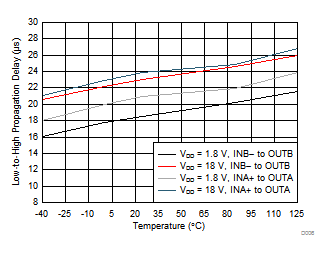
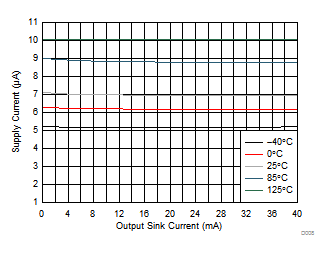
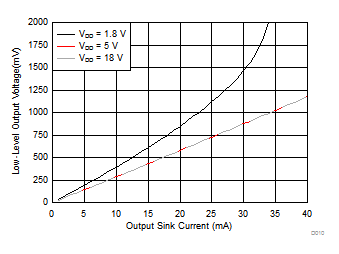
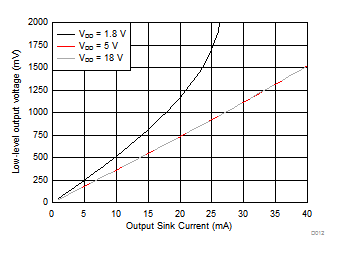
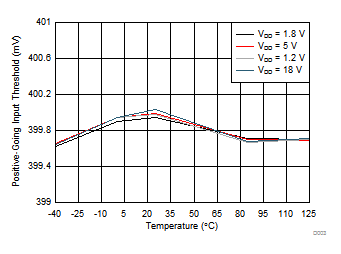
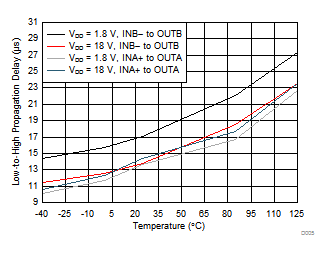 Figure 6-5 Propagation Delay vs Temperature (High-to-Low Transition at the Inputs)
Figure 6-5 Propagation Delay vs Temperature (High-to-Low Transition at the Inputs)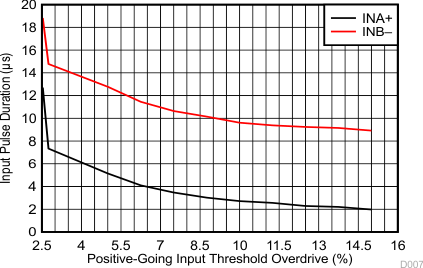
| INA+ = negative spike below VIT– | ||
| INB– = positive spike above VIT+ |
